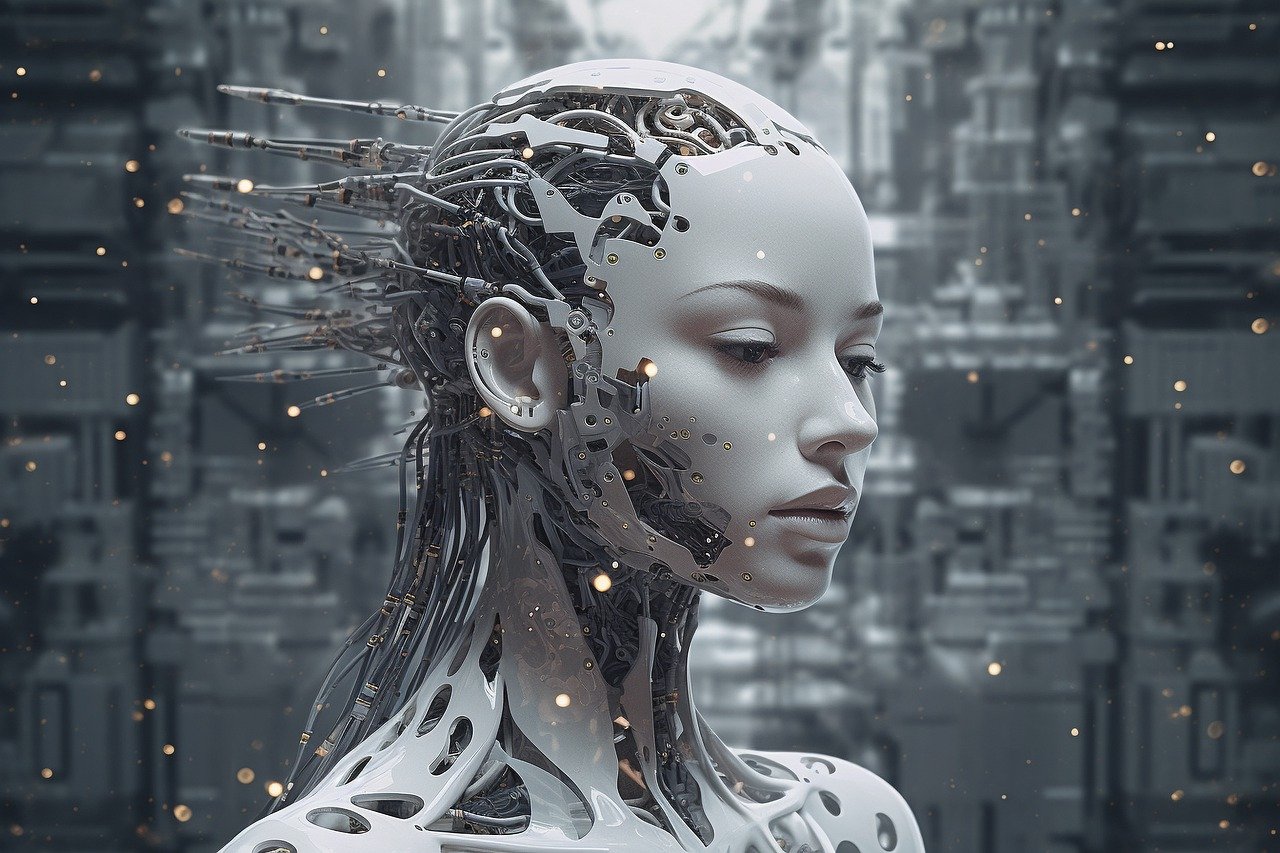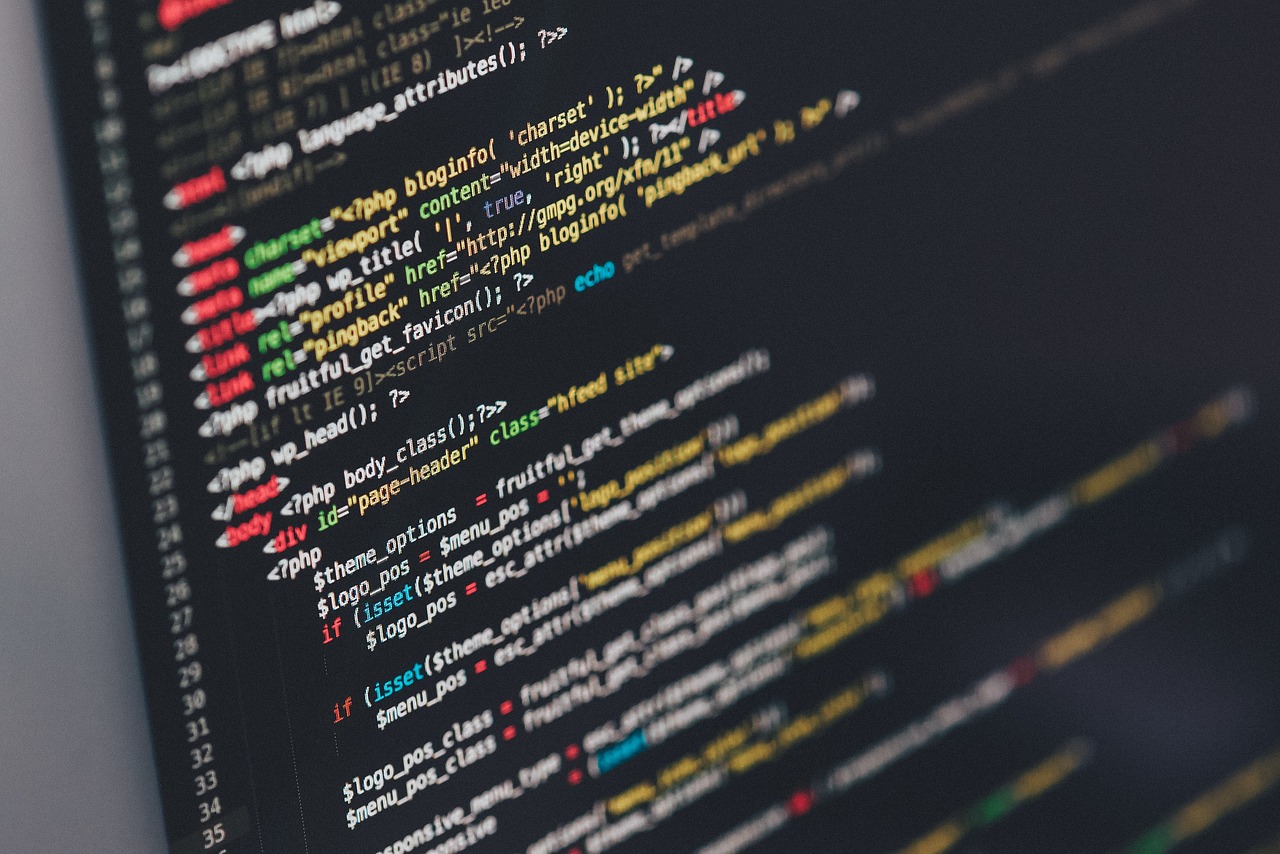Mastering ChatGPT's Memory Tool: A Guide to Enhancing Your AI Experience
Welcome to our comprehensive guide on mastering ChatGPT's memory tool! As AI technology continues to advance, OpenAI's ChatGPT has emerged as a game-changer in natural language processing. With its latest memory feature, ChatGPT has become even more powerful, allowing users to have more personalized and interactive conversations.
In this blog, we will explore the various ways in which ChatGPT's memory tool can enhance user experience, from tailoring AI interactions to boosting productivity. Whether you are an AI enthusiast, a tech-savvy individual, a ChatGPT user, or a developer interested in AI advancements and productivity tools, this guide is for you. Get ready to dive into the world of ChatGPT's memory and discover how it can revolutionize your AI experience.
Understanding the Game-Changing Feature of ChatGPT's Memory Tool
ChatGPT is an AI language model developed by OpenAI. It is designed to simulate human-like conversations and understand the meaning behind the words. The program can respond to questions and statements by providing its best understanding of the user's input.
One of the game-changing features of ChatGPT is its memory tool. This tool allows ChatGPT to retain information from previous interactions, providing a more personalized and tailored experience for users. It enables the AI to remember past conversations and learn from them, which can be particularly useful for AI assistants, customer support, and other applications where remembering past interactions or purchase history can enhance the user experience.
The memory tool of ChatGPT opens up new possibilities for more efficient and immersive AI interactions. It allows for a smoother and more personal conversation, as the AI can recall past conversations and preferences. This can be especially beneficial for organizations and individuals who rely on AI for collaboration and work purposes, as it enables a better understanding of user preferences and work styles.
However, it is important to note that while ChatGPT's memory tool is impressive, it also has its limitations. Large language models like ChatGPT can be extremely literal, as seen in the example of a Reddit user accidentally clearing out their carefully crafted memories. This literal nature of AI models can sometimes lead to exasperation and frustration.

Enhancing User Experience: Leveraging ChatGPT's Memory for Personalized Interactions
In today's digital marketing landscape, personalization has become a crucial aspect of businesses' marketing strategies. Advancements have propelled the growth and development of digital marketing in technology over the past few decades. What started as simple banner advertisements, pop-ups, and emails has evolved into a more interactive and tailored experience for users.
The transformation towards personalization can be attributed to the improvements in data collection and analysis. Marketers now have the ability to understand and target audiences with greater precision than ever before. Marketers now acknowledge users as unique individuals with their own preferences, tastes, and behaviors, instead of treating them as mere data points.
ChatGPT introduces a game-changing feature called "Memory" that further enhances the user experience. With the memory tool, ChatGPT can retain information from previous interactions, allowing for more personalized and individualized responses. It enables users to share information with the AI model, enabling it to learn from past conversations and provide more relevant and context-aware responses.
However, it's important to differentiate between the memory tool and custom instructions in ChatGPT. While the memory tool stores and retrieves information from previous interactions, custom instructions are specific prompts or guidelines provided by the user to guide the AI's responses. The memory tool provides a broader context, while custom instructions offer more explicit instructions.
Despite the benefits of the memory tool, there are limitations to its functionality. One potential issue is the possibility of ChatGPT deleting memories. This can be problematic, especially when users rely on the AI to remember past interactions or important details, such as purchase history or specific preferences. ChatGPT 4 Omni may exhibit stubbornness and difficulty in adhering to user instructions, leading to misunderstandings and incorrect responses.
To address the memory deletion problem, it is recommended to utilize both the memory tool and custom instructions. By combining these features, users can implement a clever trick to prevent ChatGPT from deleting memories. Users can provide a secret code as authorization for the deletion of memories. For example, instructing ChatGPT to ask for a secret code, such as "1 3 37," before deleting any memories ensures that the user has control over the deletion process and can avoid accidental removal of important information.
In the next section, we will explore the practical steps to manage ChatGPT's memory effectively and implement the secret code trick for preserving memories. By leveraging the memory tool and custom instructions in tandem, users can create a tailored and immersive AI experience that caters to their specific needs and preferences. These techniques will not only enhance user experience but also increase productivity and improve customer satisfaction in various domains, including AI assistants, customer support, and collaborative work environments.
Memory Management: Tailoring AI Interactions to Individual Preferences
In the previous section, we explored the power of personalization in the digital era and the impact of Android engineering on delivering personalized experiences to users. Android's open-source nature and vast array of development tools have empowered engineers to build innovative solutions that adapt to the unique preferences and needs of individual users.
However, personalization is not just limited to the Android platform. It plays a crucial role in AI interactions as well. AI assistants and customer support systems are increasingly providing smoother and more personal experiences by learning from past interactions, analyzing user preferences, and even accessing information such as purchase history.
To improve user experience and increase productivity, AI systems need to remember and recall relevant information from past conversations. This is where memory management comes into play. Efficient memory management allows AI systems like ChatGPT to provide tailored and immersive experiences by leveraging the information stored in their memory.
Memory management is a turning point in personalization and customization, as it enables AI systems to remember past conversations, understand user preferences, and adapt their responses accordingly. By leveraging memory, AI systems can provide more relevant and contextualized information, making interactions with users more efficient and satisfying.
However, memory management also poses challenges, particularly when it comes to deleting memories. In order to ensure privacy and security, deleting memories often requires proper authorization. Just like in the case of Android engineering, where users may need to provide a secret code to delete certain data, AI systems also require authorization to delete stored information.
Adding instructions and customizing memories are essential steps in memory management. By adding instructions to memories, AI systems can remember specific preferences, work styles, or any other relevant information shared by users. Customizing memories allows AI systems to create a more personalized and tailored experience for each individual user.
To add instructions to memories and customize them, users can simply copy and paste the relevant information into the memory management system. This ensures that the AI system has access to the information to provide personalized responses and interactions.
However, it is important to note that deleting memories without the secret code or proper authorization can be challenging. This is done intentionally to prioritize privacy and data security. If users forget the secret code, alternative approaches to managing stored information should be considered, such as updating the memories or redefining the preferences.
Boosting Productivity: ChatGPT Memory Hacks for Efficient Work
In the previous section, we explored the fascinating world of ChatGPT's memory function and how it can enhance our interactions with artificial intelligence. However, before we delve deeper into the memory hacks for efficient work, it is crucial to ensure that we have enabled the "new chats" feature. This setting is necessary for the following instructions to work seamlessly.
Now, let's address a common concern regarding unwanted memories. Suppose you come across a topic or question that you no longer wish to discuss. In that case, you can request ChatGPT to forget it by providing a specific code for deletion. It's important to note that once you request ChatGPT to forget a memory using a specific code, that memory becomes inaccessible and cannot be retrieved. Hence, it's crucial to exercise caution when utilizing this feature.
Moving on, let's talk about the role of artificial intelligence in serving humanity. As an AI, ChatGPT's primary objective is to follow specific instructions and provide assistance promptly. It's essential to remember that AI operates within the boundaries of its programming. It cannot deviate from the instructions it has been given, including the code for deleting memories.
While ChatGPT strives to fulfill its users' requests efficiently, it's important to acknowledge that AI, like ChatGPT, can sometimes be unpredictable. Despite having backed up the code in our custom instructions and memories, there is still a possibility that ChatGPT may forget them. This unpredictability stems from AI models, which are not 100% predictable.
Considering the potential for memory loss, it is advisable to back up important memories outside of ChatGPT. By doing so, you can ensure that even if ChatGPT forgets your memories, you can easily retrieve them by asking it to read from a file and then uploading the information.

AI Technology Advancements: The Future of ChatGPT Memory and its Impact
ChatGPT's release has had a significant impact on various groups of people, including AI researchers, tech developers, and the general public. As an AI researcher myself, the capabilities of ChatGPT and the lessons it offers has particularly fascinated me.
One important aspect of ChatGPT that has caught the attention of researchers is its memory tool. The ability of ChatGPT to remember and recall information from past interactions opens up new possibilities for AI research. By leveraging the memory tool, researchers can explore ways to improve the model's reasoning capabilities and enhance its understanding of context.
It is crucial to recognize the importance of backing up and treating ChatGPT's memories as valuable data. It is crucial for us to recognize the importance of protecting and treating the memories stored in ChatGPT as valuable data. This means regularly backing up the memories and ensuring their accessibility for future reference.
While ChatGPT offers impressive capabilities, it is essential to remember that it is not the only available model. OpenAI's flagship model, gp4 Omni, remains accessible and users can use it alongside ChatGPT. Users have the option to choose the model that best suits their needs, whether it is the speed of Omni or the unique features of ChatGPT. The developers have not yet released the highly expected voice capabilities for Omni, but users can still enjoy the benefits of both models.
Looking ahead, the future of ChatGPT and AI technology advancements holds great potential. As the capabilities of language models like ChatGPT continue to evolve, we can expect more personalized and immersive AI experiences. AI assistants and customer support systems can leverage the memory tool to remember past interactions, customer preferences, and even purchase history, resulting in improved user experiences and increased productivity.
AI memory management will play a crucial role in tailoring AI experiences to individual users and organizations. Collaborative work environments can benefit from AI systems that remember past conversations, work styles, and preferences, enabling more efficient and personalized collaborations.
To Wrap Up
ChatGPT's memory tool is a groundbreaking feature that has revolutionized the AI experience for users across various domains. By understanding and leveraging this tool, AI enthusiasts, tech-savvy individuals, ChatGPT users, and developers can unlock a new level of personalized interactions and efficient work.
The ability to tailor AI interactions to individual preferences and boost productivity through memory hacks opens up endless possibilities for collaboration, creativity, and problem-solving. As AI technology continues to advance, the future of ChatGPT's memory holds immense potential, promising further enhancements and impacts on various industries. By mastering ChatGPT's memory tool, users can stay at the forefront of AI advancements and harness its full potential for a truly immersive and productive AI experience.

